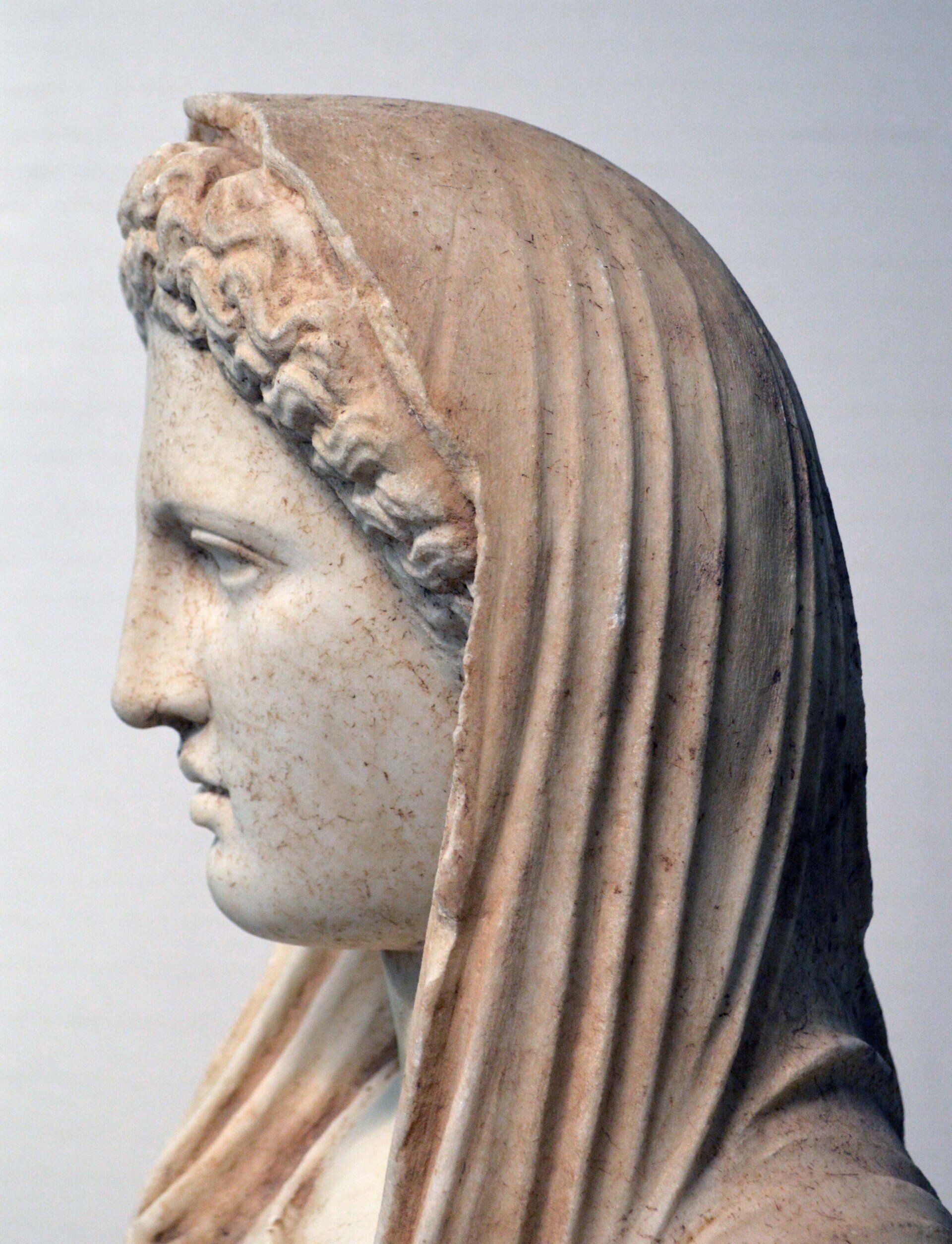Cultural Restitution
SHARE ARTICLE
This week’s British Museum announcement that a 2,000-year-old marble statue identified as Persephone, Greek goddess of the underworld and looted from the UNESCO protected site of Cyrene, was handed over to the Libyan Embassy in London after eight years of legal and diplomatic negotiation.
Its return has been described as another success for the efforts of the Museum and other British authorities, working collaboratively alongside those countries in the front line of looting which still face major threats to their cultural heritage.
Seized from the baggage of a dealer in 2013 by customs officials at Heathrow, the statue was handed to the British Museum for identification. Its distinctive style confirmed it must have been illegally excavated from the city of Cyrene (Cyrenaica) in north eastern Libya, an area now blighted by looting and property speculation.
Dating from the 2nd century BC, the statue is carved in the form of a three-quarter length figure that finishes at the hips. It’s considered among the rarest of all Cyrenaican funerary statues. Only about a hundred have survived, but half of those survive as heads only. The form derives from only a few regions of the Mediterranean and mostly from Cyrenaican cemeteries, where the Museum is confident this statue was illicitly removed. From its fresh surface finish, they also believe the statue must have been removed from the ground only recently.
After entering discussions with the Libyan Embassy in London, a ruling at Westminster Magistrates Court in 2015 confirmed the statue belonged to the State of Libya. Since then, the British Museum has been advising on the most appropriate way of returning it to that country. The Museum retains close ties with colleagues in Libyan museums and is hosting four Libyan specialists. The statue has never been a part of the Museum’s permanent collection.
The Museum is keen to point out this event is just one in a long line of successful repatriations, involving different agencies and government departments. Since 2009 the Museum has helped to repatriate over 2,300 antiquities, to Afghanistan, Uzbekistan and Iraq. The list of successes includes:
· Feb 2009: 1500 illicitly trafficked antiquities sent to Kabul
· July 2012: Begram Ivories stolen from the National Museum in the 1990s sent to Kabul
· July 2012: Gandharan sculpture stolen from the National Museum in the 1990s sent to Kabul
· July 2012: 821 illicitly trafficked antiquities sent to Kabul
· May 2016: Inscribed Safavid bowl stolen from the National Museum in the 1990s sent to Kabul
· July 2017: Inscribed glazed tile stolen from Chashma-I Ayub in Vabkent in c.2014 sent to Tashkent
· Aug 2018: Inscribed cones of Gudea stolen in 2003 sent to Baghdad
· Oct 2018: Bronze Age silver flask sent to Kabul
· Mar 2019: Mesopotamian kudurru, probably stolen from Nippur in 2003, sent to Baghdad
· Aug 2019: 156 Mesopotamian cuneiform tablets, looted from southern Iraq, sent to Baghdad
· May 2020: Two metal trunks of fake tablets and figurines, seized at Heathrow are publicised
Photo: Marble funerary statue of 'Persephone', 2nd cent BC, from Cyrene, north eastern Libya
Courtesy of © Trustees of the British Museum 2021
More News




